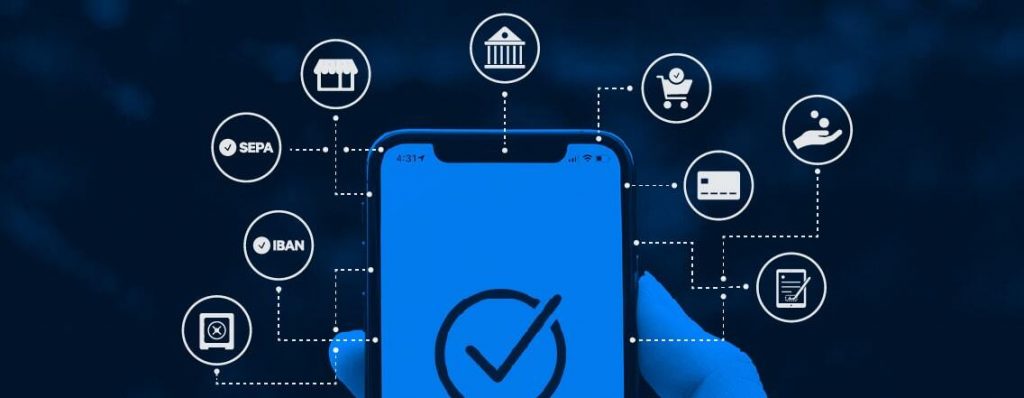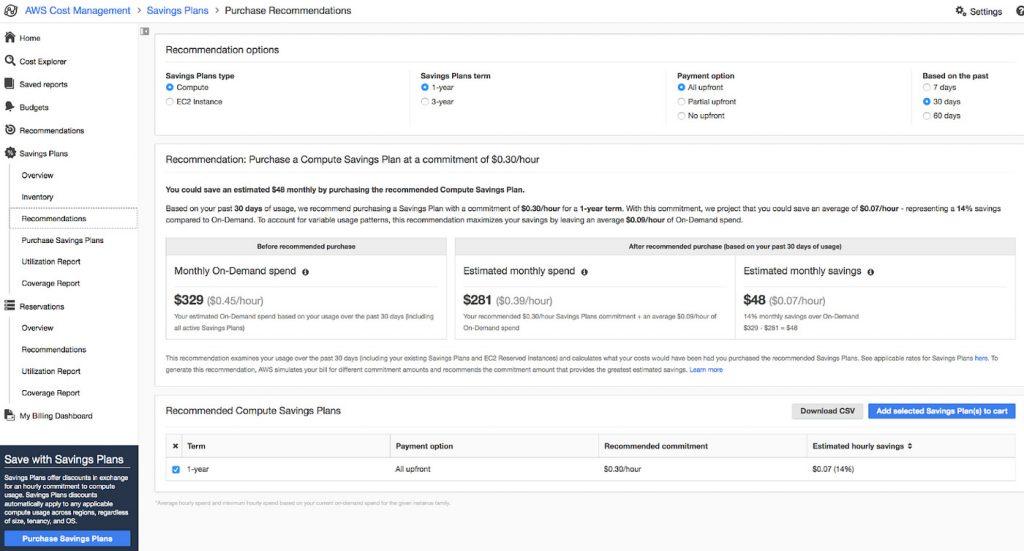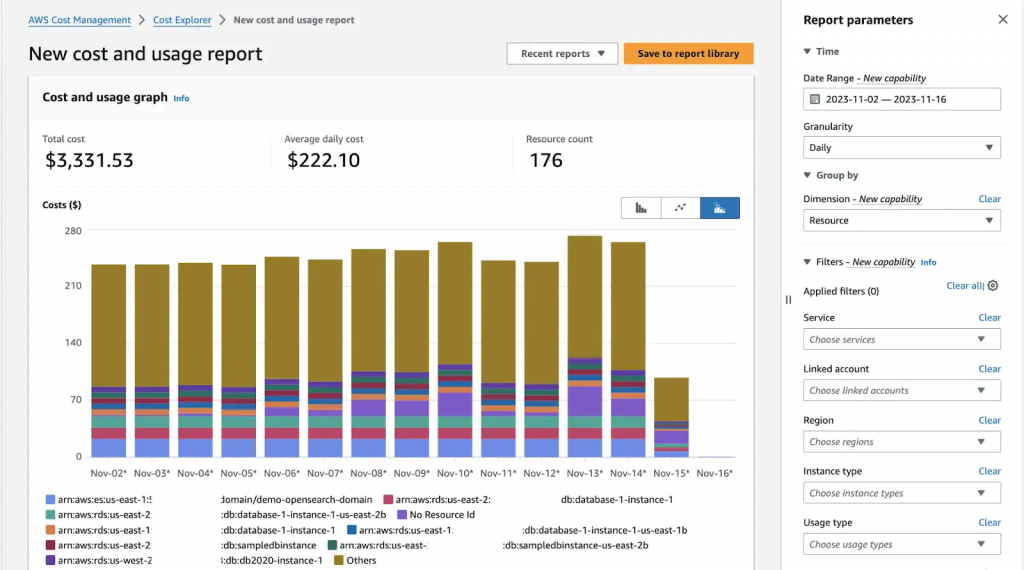
Bankacılık sektöründeki dijital dönüşüm 21. Yüzyılın en önemli hikayelerinden biridir.st Nakit ödemeler nasıl geçmişin bir parçası haline geldiyse, fiziksel şubeler ve yüz yüze bankacılık da öyle oldu. Modern bankacılıkta dijital teknoloji, müşteri deneyimini geliştirmek, operasyonel verimliliği artırmak ve 15. yüzyılda Medici ailesinin İtalya'yı yönettiği zamandan beri büyük ölçüde değişmeden kalan bir sistemi yenilemek için kullanılmaktadır.th century.
Dijital dönüşümün bankacılık sektörünü nasıl değiştirdiğine dair birçok yol vardır. Bankacılık söz konusu olduğunda, dijital dönüşüm yavaş ve zahmetli olabilir, çünkü sektör geçmişin yöntemlerine çok bağlıdır. Aynı zamanda, müşterilerin finansal verileriyle risk alınamayacağı için zorunlu olarak yavaş ve dikkatli olması gerekir.
Bankacılık sektöründe dijital dönüşüm tam olarak ne anlama geliyor?
Bankacılık sektörünün dijital dönüşümünü karakterize eden temel özellikler şunlardır:
1. Dijital Onboarding ve Müşterini Tanı (Know Your Customer-KYC)
Bir banka ile etkileşim, eskiden bankaya giren bir müşteri ile konuşan veznedar üzerinden yürütülmekteydi. Şimdi ise bankalar, mobil uygulamalar ve web siteleri gibi dijital kanallar üzerinden müşterilerle bağlantı kurarak onlara daha kişiselleştirilmiş ve kolay bir deneyim sunmaktadır. Bankacılıktaki dijital dönüşüm, aslında dijital müşteri edinimi ile başladı ve KYC (Müşterini Tanı) politikası, bankaların müşterilerinin ihtiyaçlarını karşılamak için dijital dönüşüm geçirmelerini zorunlu kılıyor.
2. Süreçlerin Otomasyonu
Eskiden manuel ve zaman alıcı olan birçok süreç, kredi başvuruları ve hesap yönetimi de dahil olmak üzere otomatik hale getirilebilir. Bu, verimliliği artırır, maliyetleri düşürür ve çalışanların uzmanlıklarının etkili bir şekilde kullanılabileceği konulara odaklanmalarını sağlar.
3. Veri Tabanlı Karar Verme
Veri ve analizler, potansiyel dolandırıcılığı tespit etmek veya yeni ürün ve hizmetler geliştirmek gibi konularda daha bilinçli kararlar almak için kullanılabilir.
4. Mobil Bankacılık
Mobil bankacılık, dijital bankacılığın en dikkat çekici unsurlarından biridir. Bir müşterinin çoğu işlemi ve bankayla ilgili faaliyetleri, tüm finansal hizmetler ve hesap yönetimi dahil olmak üzere bankanın mobil uygulamasında gerçekleştirilebilir.
5. Siber Güvenlik
Fiziksel bankaların hırsızlıktan korunması ne kadar önemliyse, modern bankacılıkta da siber saldırılar, hırsızlık ve müşteri verilerini korumak için bir siber güvenlik gereksinimi şarttır.
6. Yapay Zeka ve Makine Öğrenimi
Yapay zeka ve makine öğrenimi, bankaların eskiden manuel olan süreçleri otomatikleştirebilmelerinin ve müşteri etkileşimini iyileştirebilmenin yanı sıra dolandırıcılığı tespit edebilmelerinin bir yoludur. Elbette, yapay zeka ve makine öğrenimi, müşterilerin deneyimlerini genel olarak iyileştirmek için müşterilerin davranışlarına ve işlem geçmişine dayalı öneriler sağlayarak müşterilerin güvendiği bankacılık ürünlerinin bir parçasıdır.
7. Açık Bankacılık
Açık bankacılık, bankaların dijital dönüşümü gerçekleştirmesi için başlıca yöntemlerden biridir. Temelde, açık bankacılık bu kritik dijital dönüşümün gerçekleşmesini sağlayan şeydir.
Açık Bankacılık Nedir?
Açık Bankacılık, bankaların müşterilerinin finansal verilerini üçüncü taraf sağlayıcılarla (TPP'ler) paylaşmasına olanak tanıyan yöntemdir. Genellikle, müşteri hesap bilgilerine erişim sağlanan güvenli API'lar (Uygulama Programlama Arayüzleri) kullanılarak gerçekleştirilir. Bu bilgiler hesap bakiyeleri, işlem geçmişi ve ödeme detaylarını içerebilir. Açık bankacılıkta kullanılan API'lerden bazı örnekler şunlardır:
- Hesap Bilgisi API'larıBu API'lar, üçüncü taraf sağlayıcıların bakiye ve işlemler gibi belirli hesap bilgilerine erişmesine olanak tanır. Bilinen şirketler arasında Plaid, Yapily, TrueLayer, Figo ve Open Bank Project bulunur.
- Ödeme Başlatma API'ları: Bu API'lar, üçüncü taraf sağlayıcıların müşteri adına faturaları ödemesine veya transfer yapmasına olanak tanır. Bilinen şirketler arasında Stripe, Adyen, TransferWise, GoCardless ve Rapyd bulunur.
- Fon Onayı API'ları:Bu API'lar, üçüncü taraf sağlayıcıların ödeme yapmadan önce müşteri hesabındaki fonların kullanılabilirliğini kontrol etmesine olanak tanır. Bilinen şirketler arasında Token, TrueLayer, Figo, Tink ve Plaid bulunur.
- Veri Erişim API'ları:Bu API'lar, üçüncü taraf sağlayıcıların müşteri hesaplarına veya ürün bilgilerine ilişkin verilere bakmasına olanak tanır. Bilinen şirketler arasında Plaid, Yapily, TrueLayer, Figo ve Tink bulunur.
- Kimlik ve Erişim Yönetimi API'ları:Bu API'lar özellikle müşterinin erişim ve yetkilendirme sağlaması ve üçüncü taraf sağlayıcılarını mümkün olduğunca verimli bir şekilde yönetmesi içindir. İyi bilinen şirketler arasında Plaid, Yapily, TrueLayer, Figo veya Open Bank Project bulunmaktadır.
Açık bankacılık sadece fintech'lerin bankacılığı modernize etmek için kullandıkları bir şey değil. Aslında, finansal hizmetler sektöründe yenilikçiliği ve rekabeti teşvik etmek amacıyla Ocak 2018'de yürürlüğe giren Ödeme Hizmetleri Direktifi 2 (PSD2) olmasaydı açık bankacılık - en azından Avrupa'da - mümkün olmazdı. PSD2'nin kilit hükümlerinden biri, bankaların üçüncü taraf sağlayıcıların müşterilerinin hesap bilgilerine erişmesine ve müşterinin rızasıyla onlar adına ödeme başlatmasına izin vermesi gerekliliğidir. Bu hüküm, müşterilerin finansal verilerini açık API'lar kullanarak üçüncü taraf sağlayıcılarla güvenli bir şekilde paylaşabilmeleri için açık bankacılığın önünü açmıştır.
PSD2, fintech girişimleri ve banka dışı kuruluşlar gibi yeni oyuncuların finansal hizmetler pazarına girmesine ve yenilikçi ürün ve hizmetler sunmasına olanak tanımıştır. Ayrıca bu düzenleme, bankaların TPP'lerle işbirliği yaparak müşterilere daha kişiselleştirilmiş ve sorunsuz bir bankacılık deneyimi sunmasını sağlamıştır.
Benzer şekilde BKM API, Türkiye'nin Bankalararası Kart Merkezi (BKM) tarafından 2019 yılında başlatılan açık bir bankacılık platformudur. Platform, bankaların, fintech şirketlerinin ve diğer üçüncü taraf sağlayıcıların finansal verilere, ürünlere ve hizmetlere erişmesi ve bunları paylaşması için güvenli ve standartlaştırılmış bir yol sağlamayı amaçlamaktadır. Müşteriler BKM API'sini kullanarak finansal verilerini bütçeleme uygulamaları, yatırım platformları ve diğer fintech hizmetleri gibi üçüncü taraf sağlayıcılarla kolayca ve güvenli bir şekilde paylaşabilirler.
Açık Bankacılık Güvenli mi?
Müşterilerin üçüncü taraflara veri sağlaması söz konusu olduğunda birincil endişe güvenliktir. Açık bankacılık özellikle güvenli olacak şekilde tasarlanmıştır, ancak elbette her teknoloji endişe verici olabilir. Açık bankacılığın müşteri verilerini korumak için güvenliği sağlamasının beş temel yolu vardır:
1. Veri Şifreleme
Herhangi bir veri bulunup yakalansa bile, sonuçta okunamaz hale gelecektir.
2. Güvenli API’lar
Açık bankacılıkta kullanılan API'lerin tümü, kimlik doğrulama ve yetkilendirme önlemleri kullanılarak güvenlik için özel olarak tasarlanmıştır.
3. Üçüncü Parti Sertifikasyonu
Açık bankacılıkta kullanılan her üçüncü taraf API'si, uygun kontrol seviyelerine sahip olduğunu kanıtlamak için kendi güvenlik denetimlerinden ve sertifikasyonlarından geçmelidir. Özellikle Avrupa'daki PSD2, Avrupa'daki tüm açık bankacılık uygulamalarının güvenliğinin garantörlerinden biridir.
4. Müşteri Onayı
Müşteriler finansal verilerinin paylaşılmasına kendileri izin vermelidir, bu da müşterilerin verilerine kimin erişebileceğini kendilerinin kontrol ettiği anlamına gelir. Ayrıca daha güçlü kimlik doğrulama yöntemleri sağlar. Bir müşteri hesaplarına erişime izin vermek isterse, uygulama onlara İki Faktörlü Kimlik Doğrulama (2FA), yani hem oturum açma hem de tek seferlik şifre (OTP) sağlayacaktır.
5. Güvenlik İzleme
Güvenliğin düzenli olarak güncellenmesi ve izlenmesi, finansal kurumlar ve üçüncü taraf API'lerin güvenliğin asla ihlal edilmemesini veya ihlal edilememesini sağlamak için kullandığı yollardan biridir.
Temelde açık bankacılık güvenlidir ve müşterilerin bu şirketlerin sağladığı finansal teknolojiyi (fintech olarak da bilinir) kullanarak mobil bankacılık ve çevrimiçi bankacılık yoluyla finansal hizmetlerine erişmelerini sağlayan teknolojidir. Bu, bankacılık inovasyonunun gerçekleştiği ana alandır. Bu teknoloji hala yeni ve gelişmekte olduğu için, fintech sektöründe oldukça fazla rekabet vardır ve müşteriler artan seçeneklerin ve finansal verileri üzerindeki kontrolün faydalarını görmektedir.
Açık Bankacılık Dijital Dönüşümü Nasıl Sağlar?
Açık bankacılık, kullanıcıların bankalarıyla dijital kanallar aracılığıyla etkileşimde bulunmalarını ve finansal ürün ve hizmetleri dijital olarak güvenli bir şekilde kullanmalarını sağlar. Açık bankacılığın dijital dönüşümü mümkün kıldığı beş temel yol vardır:
- Geliştirilmiş Müşteri Deneyimi
Bu, açık bankacılığın merkezindedir: müşterilerin bankacılık yapmasını çok daha kişiselleştirilmiş bir şekilde sağlar. Açık bankacılık, bankaların ve fintech'lerin her bir müşterinin ihtiyaçlarına göre uyarlanmış yeni ve yenilikçi finansal ürünler ve hizmetler sunmalarını sağlar.
- Artan Rekabet
Müşteri sadakati için daha köklü finans kurumlarıyla rekabet edebilecek çok sayıda fintech var. Bu da inovasyona ve müşteriler için daha iyi ürün ve hizmetlere yol açmakta ve yine ürünlerin belirli ihtiyaç ve ilgi alanlarına göre uyarlanmasına vurgu yapmaktadır.
- Artan Verimlilik
Veri paylaşmak ve süreçleri otomatikleştirmek için API'leri kullanmak, manuel olarak yapıldığında çok daha zahmetli ve zaman alıcı olan süreçleri hızlandırır.
- Yeni İş Modelleri
Müşteri finansal verilerini kullanan fintech'ler ve geleneksel finans kuruluşları, daha ayrıntılı iş modelleri oluşturmak için yeni ürün ve hizmet setleriyle yeni yollarla gelir elde edebilir.
- Daha Önce Dışlanmış Olan Kişilerin Hizmetlere Erişimi
Esnek olmayan kurumlarla ilgili sorunlardan biri, aşırı azınlığı temsil eden müşteriler için ürün ve hizmetleri ayarlayamamalarıdır. Daha fazla kurum ve fintech olduğunda, şirketler daha geniş bir tabana ulaşmak için belirli müşteri tabanlarını ve kitleleri hedefleyebilir ve başka türlü belirsiz olabilecekler de dahil olmak üzere daha fazla insanın ihtiyaçlarına hizmet edebilir.
Anahtar Çıkarımlar
Kısacası, açık bankacılık, bankacılık sektöründe dijital dönüşümü mümkün kılmada kritik öneme sahiptir, çünkü açık bankacılık, paylaşım için çerçeve sağlar. Bu, rekabeti artıran, verimliliği artıran ve genel müşteri deneyimini iyileştiren yeni ve yenilikçi ürün ve hizmetlere yol açar. Geleceğe adım atmak, yeni bir müşteri tabanına ulaşmak ve bankacılık deneyimini yenilemek isteyen herhangi bir banka için, geniş kapsamlı açık bankacılığı içeren bir dijital dönüşüm, ilerlemek için mutlak bir gerekliliktir.




